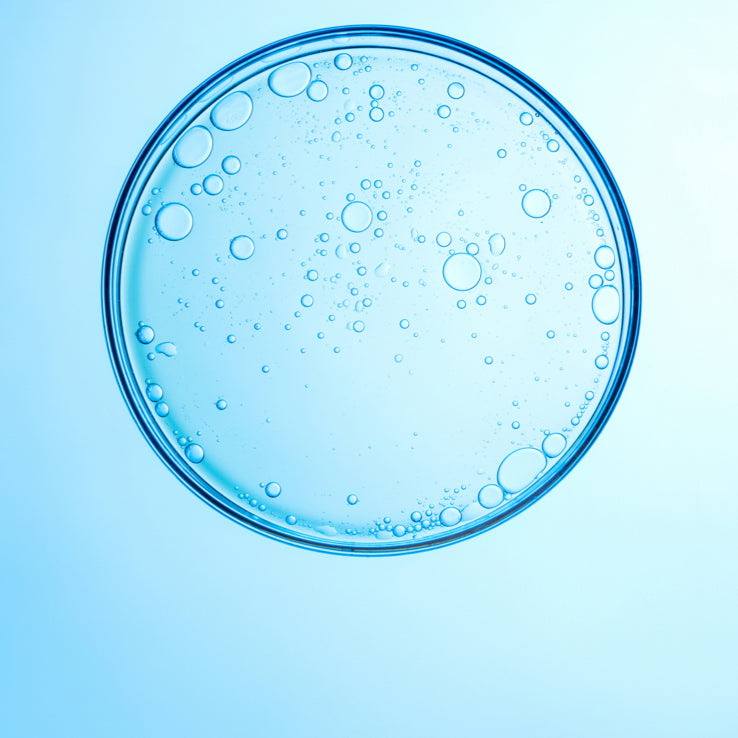3 min read
The pharmaceutical world is witnessing a significant shift with the emergence of biologics. Understanding the differences between biologics and traditional medicines is key to appreciating their roles in modern healthcare.
What are Traditional Medicines?
Traditional medicines, also known as small-molecule drugs, are typically chemically synthesised and have a well-defined structure. They are designed to interact with specific biological targets in the body.
Biologics: A New Frontier in Medicine
Biologics are complex molecules, often proteins, produced using living cells. They mimic or influence various biological processes in the body and are used in treating a variety of conditions, from autoimmune diseases to cancers.
The Manufacturing Process
The production of biologics is more complex and time-consuming than traditional medicines. It involves sophisticated techniques of biotechnology and requires stringent environmental controls.
Efficacy and Precision
Biologics tend to be more targeted and effective for certain conditions, especially where traditional medicines have been less effective. Their complexity allows them to interact with the body's natural processes more intricately.
Safety and Side Effects
While biologics offer new treatment possibilities, they also come with unique risks, such as triggering immune reactions. Traditional medicines, being smaller and less complex, generally have a well-characterised safety profile.
Cost Considerations
The development and manufacturing of biologics are typically more expensive than traditional medicines, often leading to higher costs for patients and healthcare systems.
Regulatory Landscape
The approval process for biologics is more stringent due to their complexity and variability. This ensures their efficacy and safety for patient use.
The distinction between biologics and traditional medicines is fundamental in understanding their roles in healthcare. As the pharmaceutical industry evolves, both types of medicine will continue to play crucial roles in patient care.







